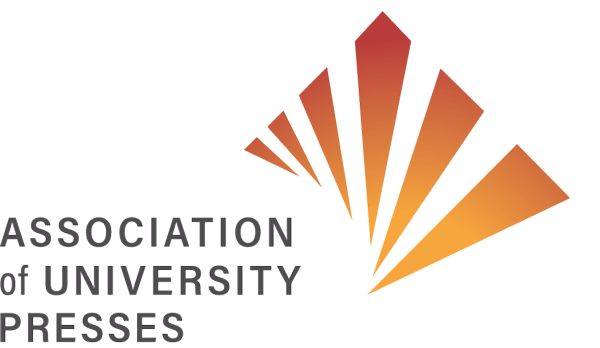Other Legal Issues
Do I need to be concerned about libel or privacy issues in my manuscript?
What can I do about orphan works?
Do I need to be concerned about libel or privacy issues in my manuscript?
Avoiding libel or invasion of privacy is part of an author’s responsibilities, covered by the author warranty and indemnification, and is best addressed at the same stage that an author assesses permission and copyright for his or her work. If your book contains any statement that might be grounds for a claim of invasion of privacy or a claim of libel, you may wish to seek legal advice and share that advice with your publisher, or provide supporting documentation to your publisher, such as newspaper articles or archival materials.
What can I do about orphan works?
Since copyright practice in the U.S. changed in 1978 when the law made copyright inherent without notice or registration (that is, copyright begins at the moment a work is “fixed in tangible form”), the number of orphaned works—copyrighted works without any identifiable rightsholder—has expanded dramatically. The following are some examples of typical orphan copyrights:
- A snapshot found on the subway.
- An advertisement for a product whose manufacturer has been defunct since 1960, and whose archives no longer exist.
- An unsigned poem left at a war memorial.
- A novel published in the 1970s by an author who died whose heirs cannot be found.
In recent years, the US Copyright Office and Congress (as well as European copyright authorities) have been struggling to create legislation to address this pervasive problem, but absent any clear legislation, the following steps are recommended:
- In many cases, fair use may be asserted.
- If the use is too commercial or otherwise cannot rely with confidence on fair use, you should make a good-faith, reasonable effort to find the rightsholder.
- A “reasonable effort” search means more than googling, but does not necessarily mean going to extreme or extraordinary measures to track down a rightsholder who in all probability does not exist.
- A search of the registration records in the US Copyright Office’s public catalog is always a good idea.
- As always, create a (digital) paper trail: write letters and emails to publishers, friends of the creator, likely agents, and other potential sources of information. Retain copies of all letters sent. Keep a written record of all phone calls made.
- If, as an author, you are clearing rights, alert your editor to the status of this work. With your publisher (and, if necessary, counsel) assess the likelihood that a rightsholder exists, and the likelihood that any such rightsholder will have a financial or other interest in claiming an infringement (as opposed to requesting a retrospective permission fee).
- Publish a “reasonable efforts” disclaimer, typically on the copyright page or credits page. Such disclaimers do not have legal standing as shelter from an infringement claim, but may nonetheless mollify a rightsholder and establish your good faith—something judges appreciate. Some typical language is:
Every reasonable effort has been made to supply complete and correct credits; if there are errors or omissions, please contact [Publisher’s Name] so that corrections can be addressed in any subsequent edition.
Note that such disclaimers should not promise that all efforts have been made, or that a corrected edition will be published. The latter is typically a matter of negotiation.
In June 2015, the US Copyright Office released Orphan Works and Mass Digitization: A Report of the Register of Copyrights, a 234-page analysis and set of recommendations including “the adoption of a modified version of 2008 Shawn Bentley Act that would limit the infringement remedies available against a user who has undertaken a good faith diligent search for the rightsholder and completed certain notice and attribution requirements.” These recommendations to Congress have not been formally encoded in law, but confirm a consensus view of what a good faith effort would look like.
The Society of American Archivists’ statement of best practices on the use of orphan works offers more information and additional resources on the subject.
